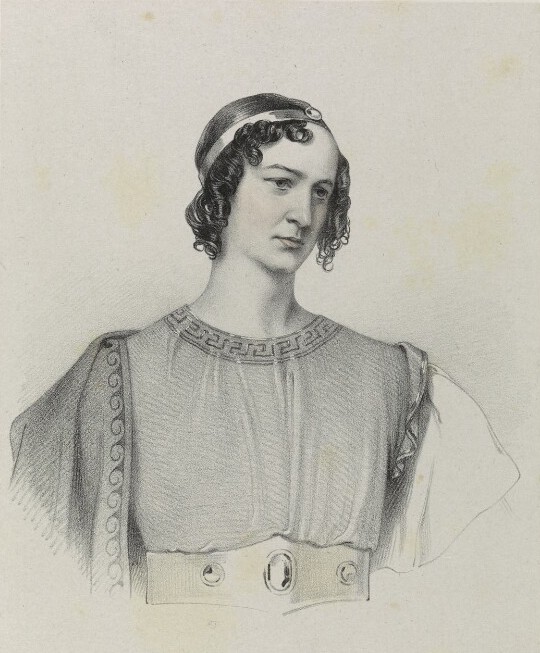Vol. 76, No. 2
pp. 65-115, 2022
Articles
-
Yeats and the Politics of Cathleen ni Houlihan — Again
Francis O'Gorman
One of the oddities in the early career of William Butler Yeats (1865-1939) is the play, Cathleen Ni Houlihan (1902). And within the reception of the play, there are several oddities. Yates claimed his authorship of the one-act drama but the September 1900 manuscripts indicate, as subsequently discovered, that many of the lines are in Lady Gregory’s hand And, later, Yeats left—or at least appeared to leave—the impression that he had not thought about the potential revolutionary quality of the play at all. […]
-
Bringing Ion to the Stage: Talfourd and Macready
Christopher Butcher
In an earlier article in Theatre Notebook [Volume 75: 115-148] I explored the pre-performance publicity given to Thomas Noon Talfourd’s tragedy Ion by his distribution during the course of 1835 and the first half of 1836 of copies of unpublished editions of the play, drawing on the collection of manuscript letters from some of the recipients of those copies house in the Huntington library in San Marino, California. Table One of that article lists, the manuscript letters (cited as TA2 to TA194). The purpose of this article is to explore the process by which the play was brought to the stage and became a triumphant success as an active drama and to assess the significance of its performance.
-
Seventeenth-Century English Rope Dancers in the Netherlands: Some Additional Evidence
J. P Vander Motten and Michiel Roscam Abbing
Recent research has brought to light a sizeable body of archival materials relating to the presence of the seventeenth-century British rope dancers in the Low countries (Vander Motten; Vander Motten and Roscam Abbing). Apart from revealing the identity of previously unknown British performers, this evidence sheds light on the associations into which they entered with their Dutch counterparts, either as servants or as co-managers. Five Dutch rope dancer, Paulus Rijmers (born ca. 1615 – died 1696), his wife Maria Sasbout (born 1618 – died not long before 17 July 1676), Jacob Brouwer (Born ca. 1616), and the brothers Christopher and Jan Damen (fl. 1656 – 1664) were particularly active in pushing the boundaries of their profession, diversifying their performances as well as seeking out English talent, as is demonstrated by some official documents preserved in various Dutch archives.
BOOK REVIEWS
Carrying All Before Her: Celebrity Pregnancy and the London Stage, 1689-1800, by Chelsea Phillips
reviewed by Gilli Bush-Bailey
Good Nights Out: A History of Popular British Theatre 1940-2015, by Aleks Sierz
reviewed by Tim Wheeler
* Yeats and the Politics of Cathleen ni Houlihan — Again, by Francis O’Gorman
* Bringing Ion to the Stage: Talfourd and Macready, by Christopher Butcher
* Seventeenth-Century English Rope Dancers in the Netherlands: Some Additional Evidence, by J. P Vander Motten, Michiel Roscam Abbing
